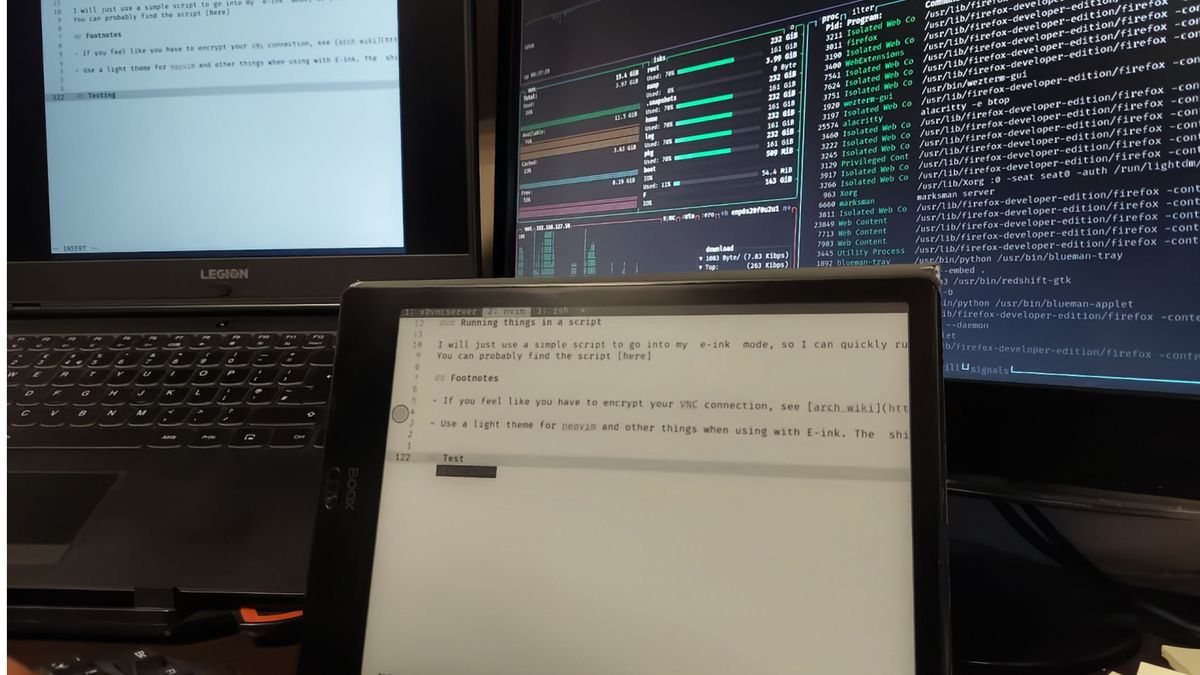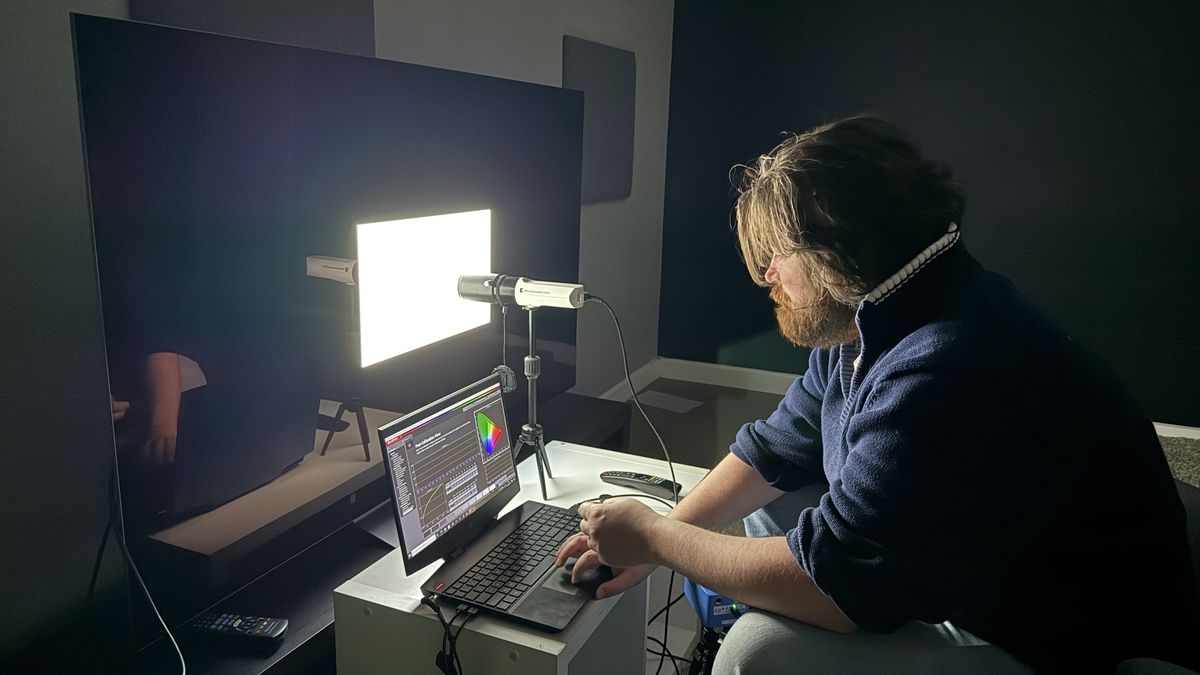A new variant of covid-19, NB.1.8.1, is stirring up trouble. The variant, already linked to recent surges in parts of Asia, has now been spotted in the U.S. as well.
The World Health Organization singled out the growing emergence of NB.1.8.1 in its latest status report on covid-19 Wednesday. Scientists have also recently detected NB.1.8.1 in California and other states. Though NB.1.8.1 isn’t dramatically different from existing variants, the WHO warns that covid-19 remains a high public health risk.
So far, fewer than 20 NB.1.8.1 cases in the U.S. have been reported, the Centers for Disease Control and Prevention told NBC News this past Wednesday. But the variant is linked to a spike in cases and hospitalizations in other countries like China. And compared to other current variants, NB.1.8.1 may possess some mutations that could increase its transmissibility.
The WHO first recognized NB.1.8.1 as a variant under monitoring last week, though it was first detected in late January. More recently, it’s become an increasing threat. As of mid-May, just about 10% of all cases reported worldwide to the WHO have come from NB.1.8.1 (up from 2% just four weeks earlier). Covid-19 activity in general has been on the upswing, with a worldwide test positivity rate of 11% as of May 11—a level not seen since July 2024.
That said, NB.1.8.1 is genetically still within the same broad lineage of covid-19 viruses that first began with Omicron in late 2021. That means it’s very unlikely to spark the sort of massive outbreaks that Omicron initially did when it arrived. The WHO also hasn’t found any evidence yet that NB.1.8.1 is causing any more severe illness than current variants.
“Evaluation of…the most recently designated VUM, NB.1.8.1, suggests no increased public health risk posed by these variants compared to other circulating variants,” the WHO stated in its report.
But covid-19 itself still poses a very real public health problem, even if its overall danger has significantly declined since 2022. From October 2024 through May 2025, covid-19 is estimated to have killed between 30,000 and 50,000 Americans and hospitalized up to 430,000 people, a burden on par with the average flu season. And the recent emergence of NB.1.8.1 could certainly fuel a new peak of cases in the U.S. and elsewhere, just in time for summer.
Adding to the danger is rock-bottom vaccination rates as of late, even among older adults who are most vulnerable to severe illness. According to the WHO, just 1.68% of older adults across 75 countries received a booster covid-19 shot in 2024. While the original covid-19 vaccines continue to ensure a lower risk of death and severe illness from covid-19, booster doses further reduce this risk. And the situation in the U.S. isn’t looking to get better anytime soon.
Under the reign of Health and Human Services Secretary Robert F. Kennedy Jr., who has long spread misinformation about vaccine safety, the CDC recently removed its recommendation that pregnant women and young children receive covid-19 vaccines, for instance. Trump-era health officials have also signaled their plans to only recommend covid-19 vaccines for older Americans in general, and the new regime has already impeded the development of newer, possibly more effective vaccines for both flu and covid-19.
While covid-19 is no longer the world-shaking threat it once was, it isn’t gone, and variants like NB.1.8.1 could soon painfully teach us that lesson again.
“As per the latest WHO global risk assessment, covering the period July-December 2024, the global public health risk associated with COVID-19 remains high,” the WHO said in its report.









 English (US) ·
English (US) ·